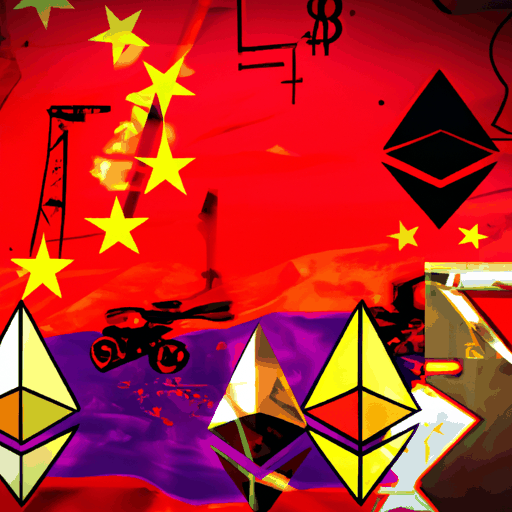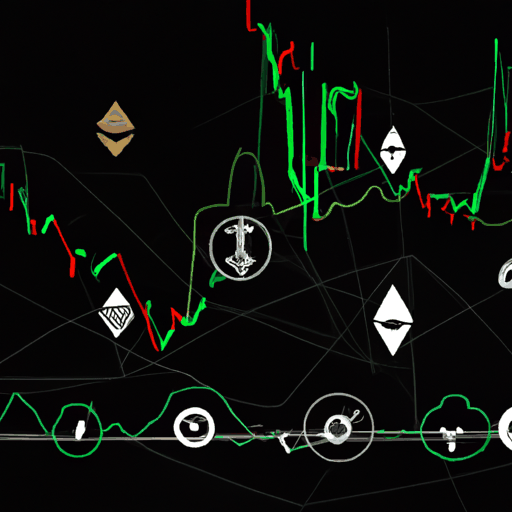
Trump Tariffs Impact Bitcoin and Ethereum Markets
By: Isha Das
The recent implementation of US President Donald Trump's global tariffs on China has sent ripples throughout the cryptocurrency world, with Bitcoin and Ethereum experiencing notable declines. The tariffs have intensified the ongoing trade war between the two superpowers, which has resulted in a staggering $411 million in total liquidations over the past 24 hours. This trend underscores the vulnerability of cryptocurrencies to macroeconomic factors like international trade tensions.
Among market participants, there is growing concern over the potential long-term implications of these tariffs. The ripple effects are most evident in the crypto-mining sector, with CEO of Hashlabs Mining, Jaran Mellerud, suggesting that US demand for Bitcoin mining rigs could plummet. As machine prices rise domestically, non-US miners could benefit from cheaper equipment as manufacturers are forced to offload surplus stock intended for the US market. Mellerud emphasizes that this shift could alter the dynamics of crypto mining significantly, making it more cost-effective for operations based outside the US.
The tariffs have also reignited discussions about the viability of Bitcoin potentially outlasting the US dollar. Amidst these financial upheavals, analysts are increasingly convinced of Bitcoin's resilience. Jeff Parks, head of alpha strategies at Bitwise Invest, asserts that the current economic environment may bolster Bitcoin's standing as a more sustainable option compared to traditional fiat currencies. The scenario where Bitcoin overtakes the US dollar in terms of reliability is gaining traction among crypto enthusiasts, presenting a new narrative in the crypto-vs-fiat debate.
As the trade war progresses, the fate of Bitcoin and its relationship with the US dollar remains a topic of intrigue. While Trump's tariffs may pose challenges, they also illuminate the potential for Bitcoin to adopt an even more significant role within the global financial system in the coming years. For now, the crypto market is left adjusting to these new realities amidst the strategic shifts triggered by international tariffs.



